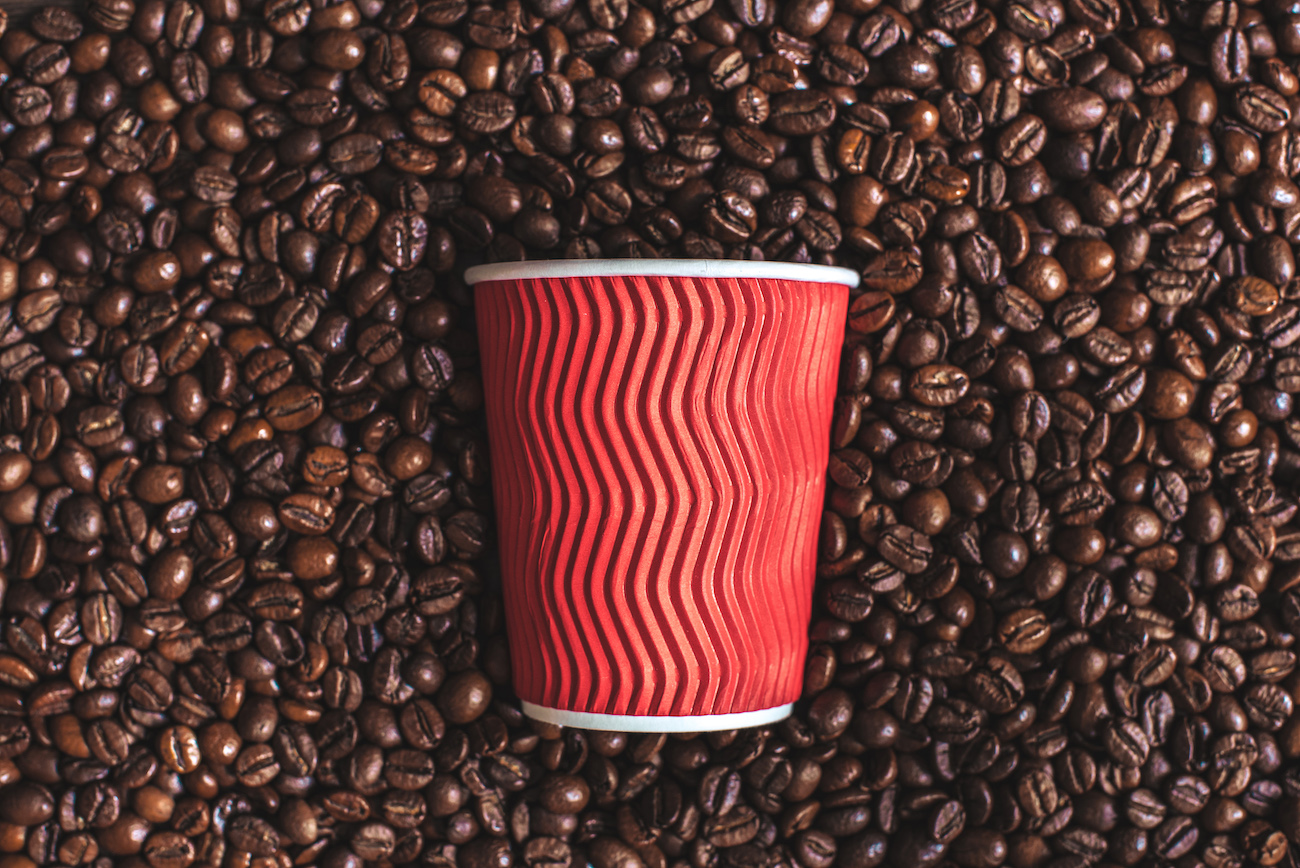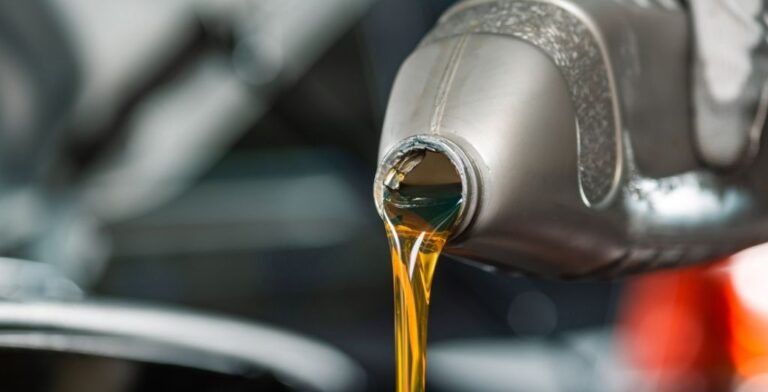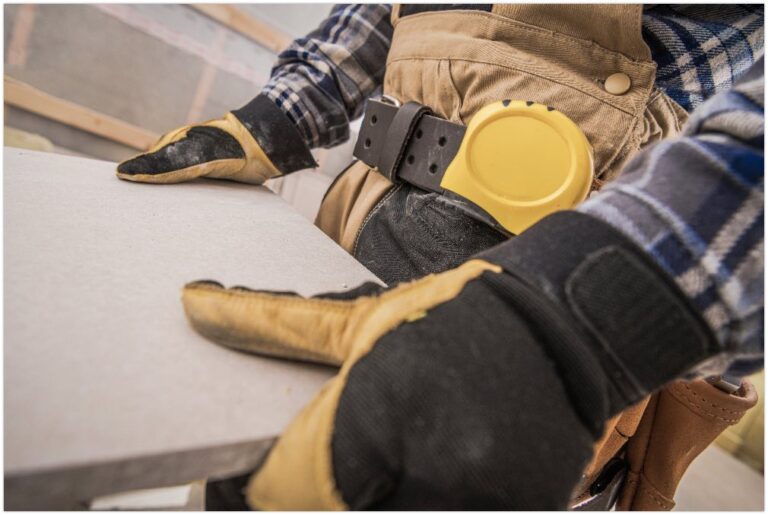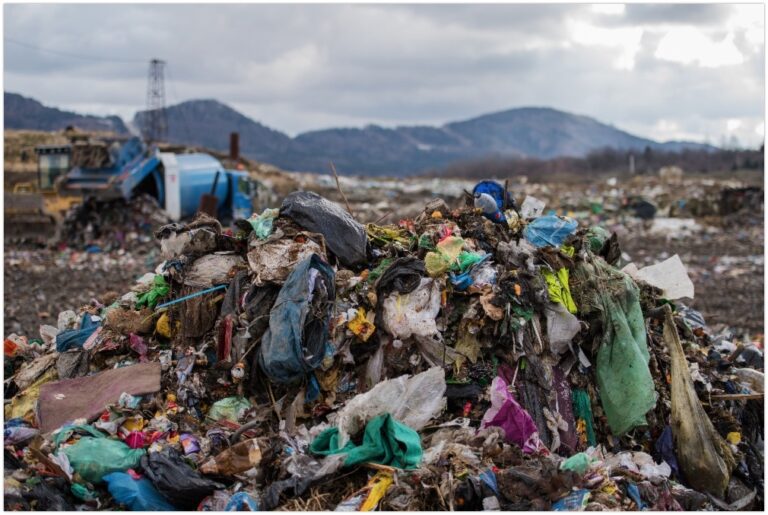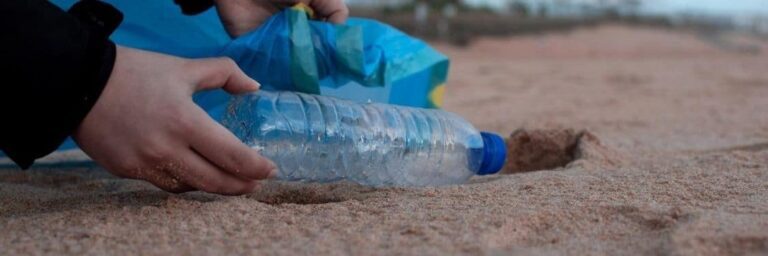Australians seem so fond of takeaway coffees. Most of us associate mornings with their freshly brewed scent and often buy a cup before heading to work.
Every year, approximately one billion takeaway coffee cups have found their way into landfills. It represents less than 0.0004% of the country’s total waste generated per year.
You may think that coffee cups only take a small portion of Australia’s total waste volume. Still, significant issues about such rubbish made the public more concerned about its handling and disposal.
Some takeaway coffee cups are technically recyclable. However, most of them have a thin plastic coating inside, which prevents them from undergoing the normal recycling process. Also, they can be contaminated with liquid, making recycling more difficult.
These days, more and more people are becoming aware of the coffee cup issues. Many cafes in the country have made efforts to overcome the problem by offering eco-friendlier options to their customers.
Moreover, the Australian government does its part by establishing coffee cup recycling programs and initiatives to increase the country’s recycling capacity. Read this article to know more.
Why Coffee Cup Recycling is Important
Coffee cups’ recyclability and rate of recycling have been a significant concern in the country. Australia has only recycled a very small proportion of the coffee cups disposed of yearly.
Due to some recyclability concerns, the disposable cups’ recycling process cannot proceed as normal. But, with many companies promoting them as recyclables, a huge volume of cups ended up in yellow recycling bins, contaminating the rest of the recyclables.
There are few reasons why dealing with coffee cups is important —their contribution to the total litter and their potential to pollute and contaminate the curbside recycling stream.
Coffee Cup Waste/Recycling Statistics
Most coffee cups in recycling facilities fail to go through efficient processing due to their thin plastic coating, which makes them waterproof. These materials are seldom made with 100% paper, so the majority of them are often sent to the landfill.
Up to 90% of the total disposable cups discarded every year ends up in congested landfills. This is equivalent to 60,000 kg of plastics per annum.
Based on recent statistics, Australians throw away 50,000 coffee cups every 30 minutes. This equates to 2.7 million paper cups in a day and 1.2 billion in total a year.
It is estimated that coffee and other hot beverage cups are among the top contributors of litter, next to plastic bottles. Despite this, council collections recycle only a handful of disposable coffee cups.
Collecting such materials on any significant scale requires source-separated collections and facilities as they cannot go into the standard paper mills at recycling centres.
Hence, the government has made notable efforts to manage discarded coffee cups through Simply Cups Australia.
How Australia is Addressing Coffee Cup Recycling (Simply Cups Australia)
Limiting the use of disposable cups has been a challenge. But the government, people, and businesses have established several proactive solutions to achieve such a goal.
Some cafes are now promoting reusable cups by providing customers who bring them along with a discount. Others have tried using compostable cups, yet only a few cups make it to the compost.
There are also some cafes considering a no takeaway policy, encouraging people to take a moment at their premises and relax with their cup of coffee.
Simply Cups Australia
Above all efforts to limit coffee cups is the Australian government’s first coffee cup recycling program called Simply Cups, which started in May 2017. It helps businesses and schools separate the coffee cups from the rest of the waste materials.
The team assigned to run the program collects the cups and applies the latest technologies to transform used cups into higher-value items. Simply Cups took over a year to gather its first million disposable cups in Australia.
But after another year, the program was able to collect over 5 million cups across the country. With many businesses and schools partnering with Simply Cups, it has diverted more than 16 million coffee cups from landfills within its four years of operation.
The project team conducts research to improve the results and maximise the overall usage of the recovered materials from disposable coffee cups. Through the National Product Stewardship Investment Fund, the Australian government grants the program $697,200 as support.
Based on records, the program has established over 1,000 collection sites around Australia, turning cups into various industrial and consumer products. It expands its collection network to all states and local areas to gather and recycle more coffee cups.
Conclusion
Coffee cup recycling has faced many issues concerning its processes. Since disposable cups have thin plastic lining on their composition, most do not fit for normal recycling procedures.
With Simply Cups Australia, coffee cup recycling has now become easier, safer, and more efficient. The program is challenging, but it brings various benefits to our environment and well-being.
However, it needs collaborative efforts from the people and businesses to implement its processes and achieve the desired outcome.
At Paul’s Rubbish Removal, we actively support such a remarkable approach to recycling coffee cups. We do our part in waste management and reduction by providing eco-friendly and professional rubbish removal services.
Call us to know more about how we can manage your unwanted items in Sydney!
